A decade ago, when seated at your favorite local restaurant deciding what beer to pair with that newfangled barbecue chicken pizza, the options were pretty simple. “We have Bud, Bud Light, Coors Light, Heineken, New Castle, Sam Adams and hefeweizen,” the waiter would proclaim nonchalantly. “I recommend the hef; it’s super popular.” Ah, the good old days.
Today, when seated at your favorite local restaurant deciding on what beer to pair with that newfangled bone marrow and sunchoke toast, the options are basically insane. I’m a Certified Cicerone (read: beer sommelier) with nearly a decade of experience working in the craft beer industry, and I’m utterly baffled when looking at a beer list these days. They tend to span pages, confounding with an amalgamation of beers from breweries just a month old, or brand new beers from well-established brewers. “Um, can I just get a Sierra Nevada?”
The one thing I have going for me when making a decision is an understanding of beer styles. I know what a particular type of beer should taste like and which of those I prefer on any given occasion. I may not know what Local Indie Brewery’s MemeJoke IPA actually tastes like, but I do know what an IPA, and all of its counterpart styles, should theoretically taste like. This basic information not only helps me select a beer I should enjoy, but it allows me to be an arrogant know-it-all, earning me my “craft beer nerd” badge.
Below, I’m unfolding for you the most basic information necessary to decode some of the most common beer styles you might encounter on a menu at Random Animal & Old Timey Weapon gastropub. When it comes to true expertise, beers can be divided into approximately 100 very specific styles, but many of these are excruciatingly subtle in their differences. The generalizations I’m providing here should get you started on your path to becoming a true craft beer snob—or at the very least, guide to you toward something you enjoy without so much effort.
First things first: ales vs. lagers
The entire world of beer can be divided into these two groups: ales and lagers. Well, really there is a third group we’ll call “wild beers”, and some argue wheat beers are also unique; but for simplicity, we’ll say all beers are ales or lagers. The difference between an ale and a lager is the type of yeast used in fermentation and how it ferments. The science behind it is quite a bit more complicated, but as long as you know this, you’re good.
While lagers are a much more narrowly defined style of beer, they dominate the marketplace. All of the macro-produced beers that you see advertisements for while watching football—or at least the vast majority—are lagers. Due to the clean character and flavor lager yeast creates, the outcome is a much milder, crisper beer, with limited opportunities for distinct flavor differentiation.
Ale yeasts, of which there are many different variants, can be much fruitier, spicier, and varying in character. They are used for myriad beer styles including IPAs, blondes, porters, stouts, dubbels, tripels and quads, saisons, and so on. Beyond the light lagers of the world, nearly all other beers are ales, so never simply tell your beertender “I like ales.” They will laugh at you behind your back.
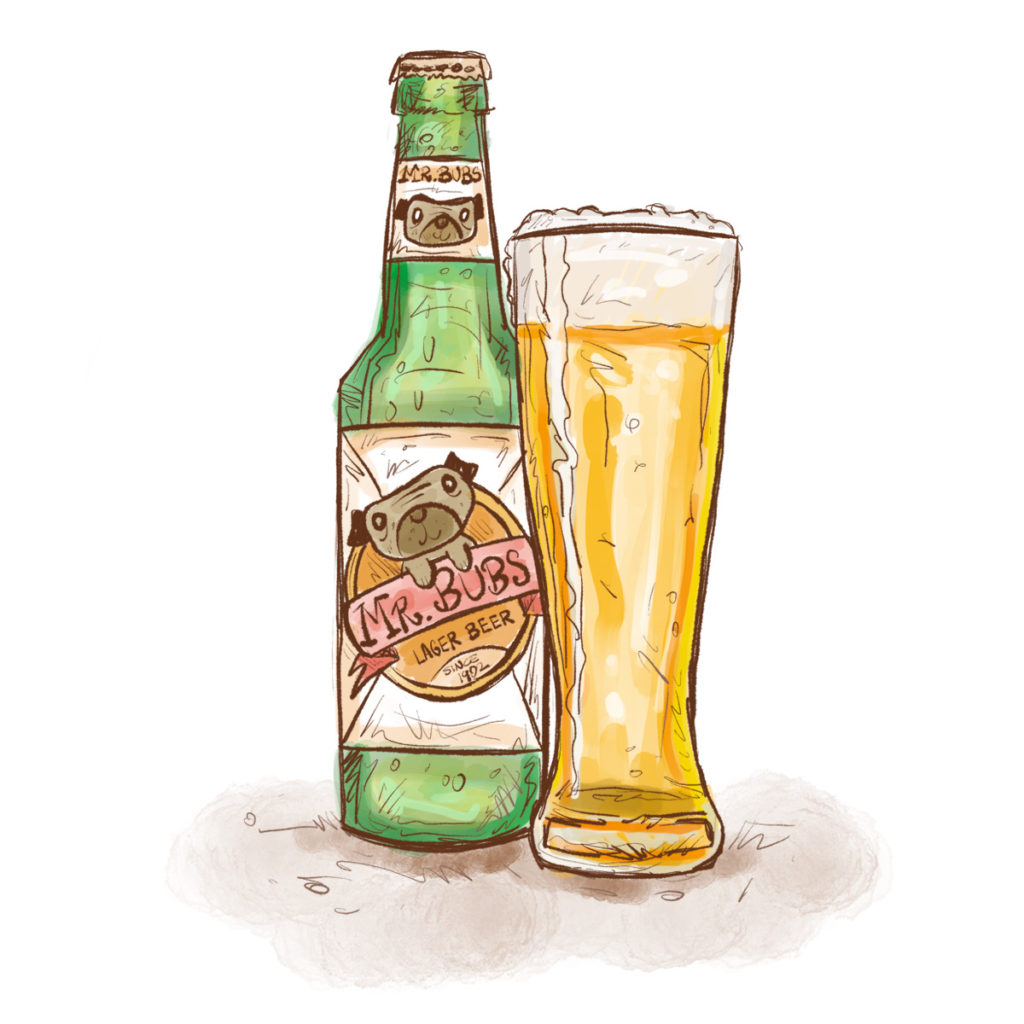
Lager
The most ignorant or the most arrogant beer you can order.
Not a beer drinker? Just want something super light, thirst quenching, and ice cold? Order whatever lager is on the menu. Hopefully there is a craft-brewed lager option, because you still want to look cool in front of your friends.
The crazy thing about lagers, however, is that it is arguably the most difficult beer to make properly. And, due to the longer fermentation time at a colder temperature, it is a more expensive beer to make which is why not very many craft breweries create them.
A properly executed lager should be elegant, biscuity, crackery, clean and light. If there is a flaw in the beer making process, you will taste it. There are no extravagant flavors in a lager to hide behind. No extreme bitterness, citrus, roast, booze or spice. Because of this, a beer connoisseur will often try a lager in order to judge the quality of a brewer. If a brewer can make a perfectly delicious lager, they are a good brewer. And a perfectly delicious lager is just that, perfectly delicious. There is a reason that this beer style—made famous in the city of Plzen, Czech Republic (hence: pilsner), and then replicated in many different forms throughout Germany and now in nearly every country everywhere—dominates the world. There are also dark lagers. These should be equally clean and crisp, but with just a hint of roast or caramel character.
Pro tip: Enjoy the crisp character of a lager, but want to try something new? Go for a blonde or a kölsch. These will have a similarly light flavor, but with a bit more fruity complexity.
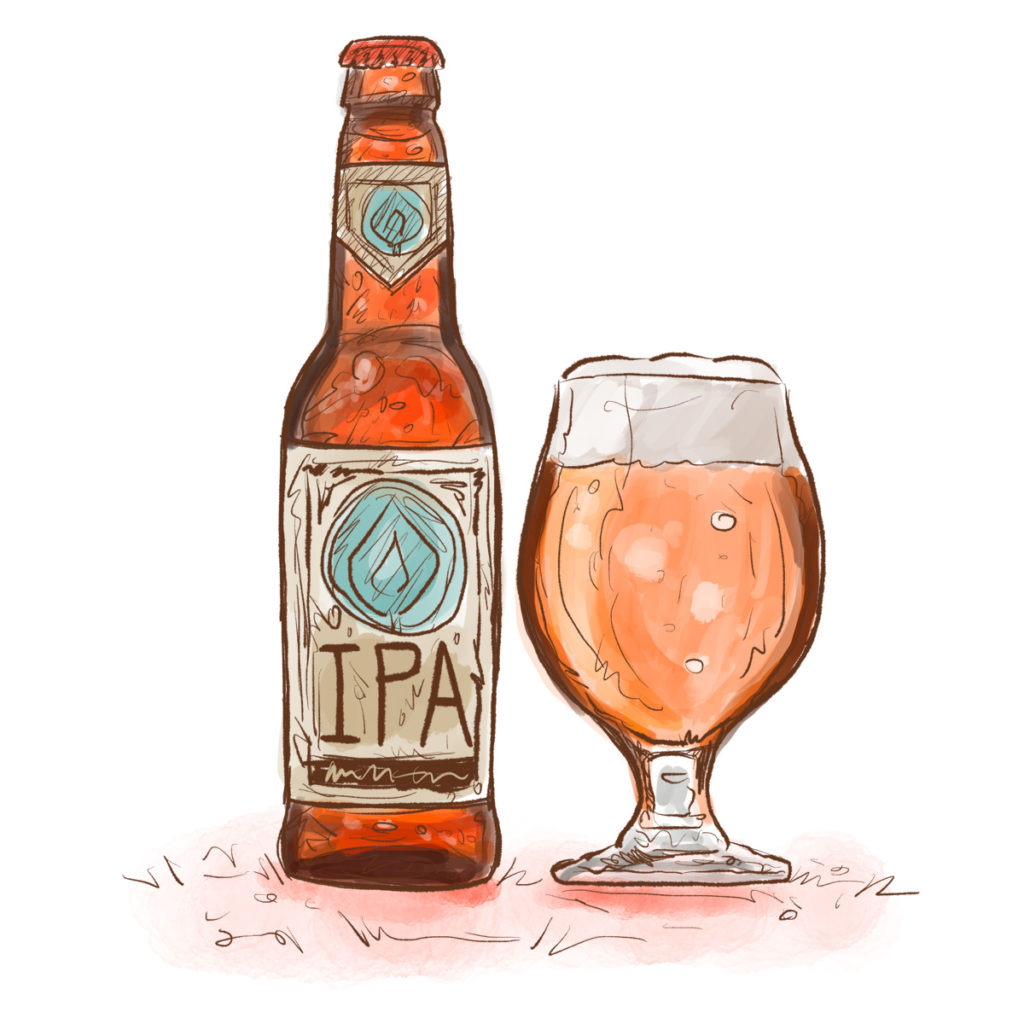
IPA
The biggest trend in beer right now.
Absolutely the most popular craft beer style in America right now is the IPA. Menus are filled with those three letters, often with an extra adjective like “session,” “double,” “rye,” “West Coast,” or even the latest hyphenate, “Vermont-style.”
IPA, or India Pale Ale, was invented in England, back when India was a colony of theirs. The purpose of the IPA was to create a beer recipe that wouldn’t spoil on its way to India where the British soldiers were in desperate want for a taste of home. Both alcohol and hops serve as preservatives and thus, the strong, bitter IPA was born. What is often forgotten is that hop flavor is actually the first thing to fade as a beer ages, so it can be assumed that the original IPAs weren’t dominated by that character once finally served. This is the polar opposite of what we are drinking here in America today.
The American-style IPA, just like NBA great Dominique “the human highlight reel” Wilkins, is all about the hops. Here in the States, we grow the majority of our hops in the Pacific Northwest, and similar to wine grapes, different varietals flourish in different parts of the world. American hop farmers are reknown for a product that reminds us of Ansel Adams’ journey through Yosemite. Pine needles, citrus rind, resinous tree bark, fresh cut grass, sticky marijuana. The most relished American IPAs have a clean malt backbone—nothing overly sweet—that allows the scent of purple mountain majesties to run wild within your nostrils. They can certainly be bitter, as this is a primary component of hop flavor, but they should also be ripe with the perfume of a hike through your favorite national park.
Pro tip: Ask your beertender which IPA is the freshest. Hop flavor fades; always drink IPA fresh!
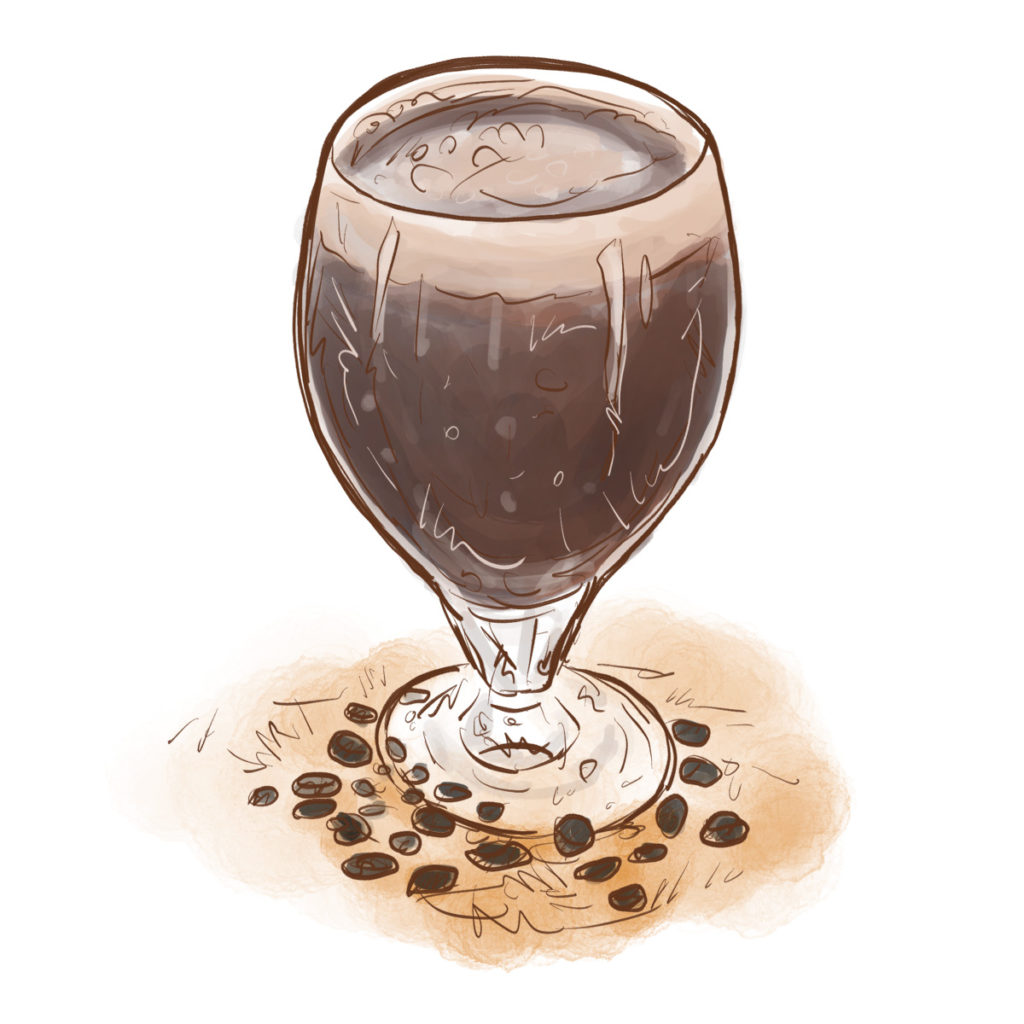
Porter & Stout
So dark, so delicious!
Porters and stouts have taken on a bad reputation over the years as being strong and bitter and hard to handle. Something about a pint of jet black beer frightens people away, yet it truly should be quite the opposite. Porters and stouts are most typically the least bitter beers on a menu, displaying a wonderful roast character similar to coffee or dark chocolate.
If you are afraid of beer that can taste like licking the side of a tree, stay away from the bright gold IPAs and take a dive into the dark side of the spectrum. Oftentimes you can even find a stout that has been brewed with vanilla beans or coconut or molé spices or fair trade organic chocolate that was hand crushed in a nondescript storefront just down the street. These dark as night beers can be the savior for a beer drinker with a sweet tooth.
Pro tip: What’s the difference between a porter and a stout? Not much.
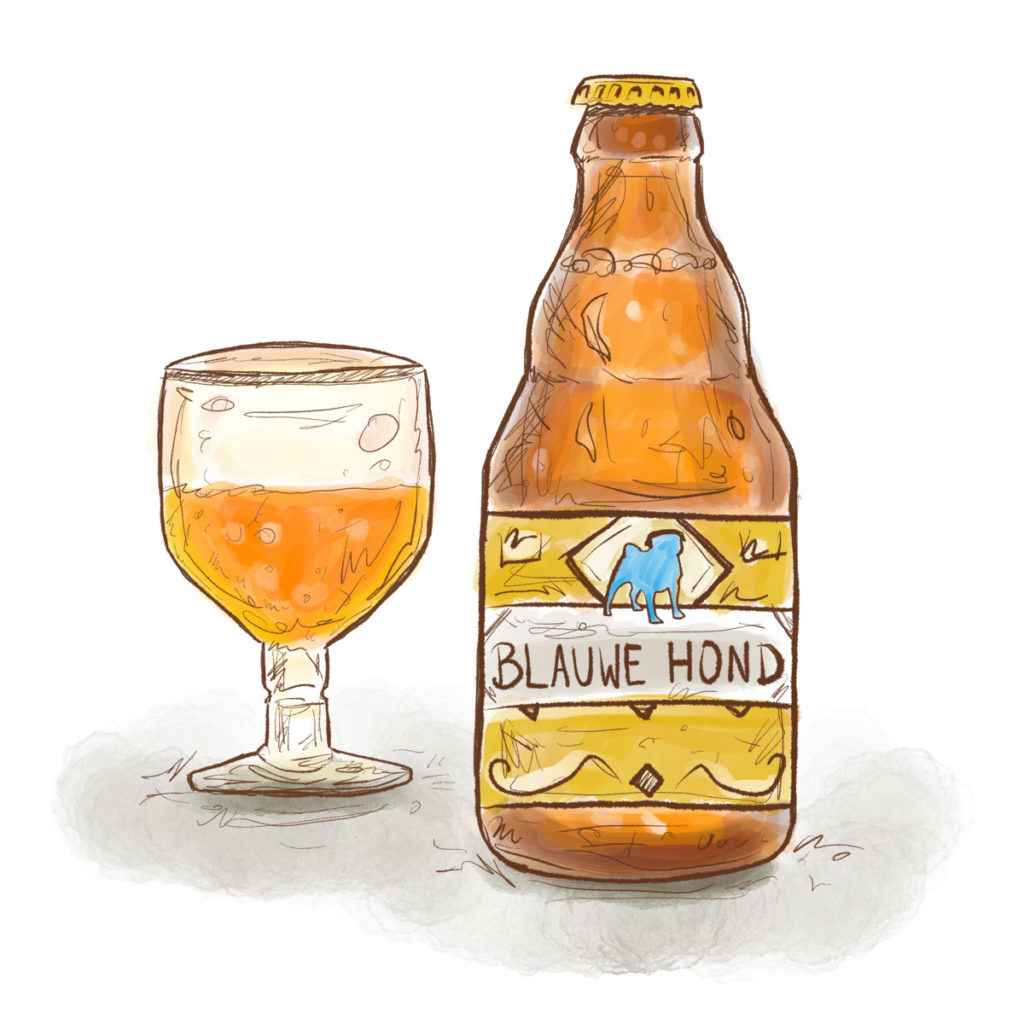
Belgian
Belgium, where beer is life and life is beer.
The Germans gave us stunning lagers, enjoyed worldwide. The English provided the base for the IPA and the stout. But the Belgians… oh, the Belgians. Beer is life in Belgium. It is enjoyed on every corner and seemingly brewed at every monastery by monks who pay their electric bill with the proceeds. There are a number of beer styles that stem from Belgium, but the majority of them, particularly those made in abbeys, can be cut into two parts when simplifying things: dark and light. The dark beers exude notes of gooey figs, burnt cinnamon sticks, rum soaked raisins, and syrupy French toast. The light beers will deliver hints of ripe pears, honeysuckle, pink peppercorns, and pineapple upside down cake.
Pro tip: These beers are often quite high in alcohol, so watch out.
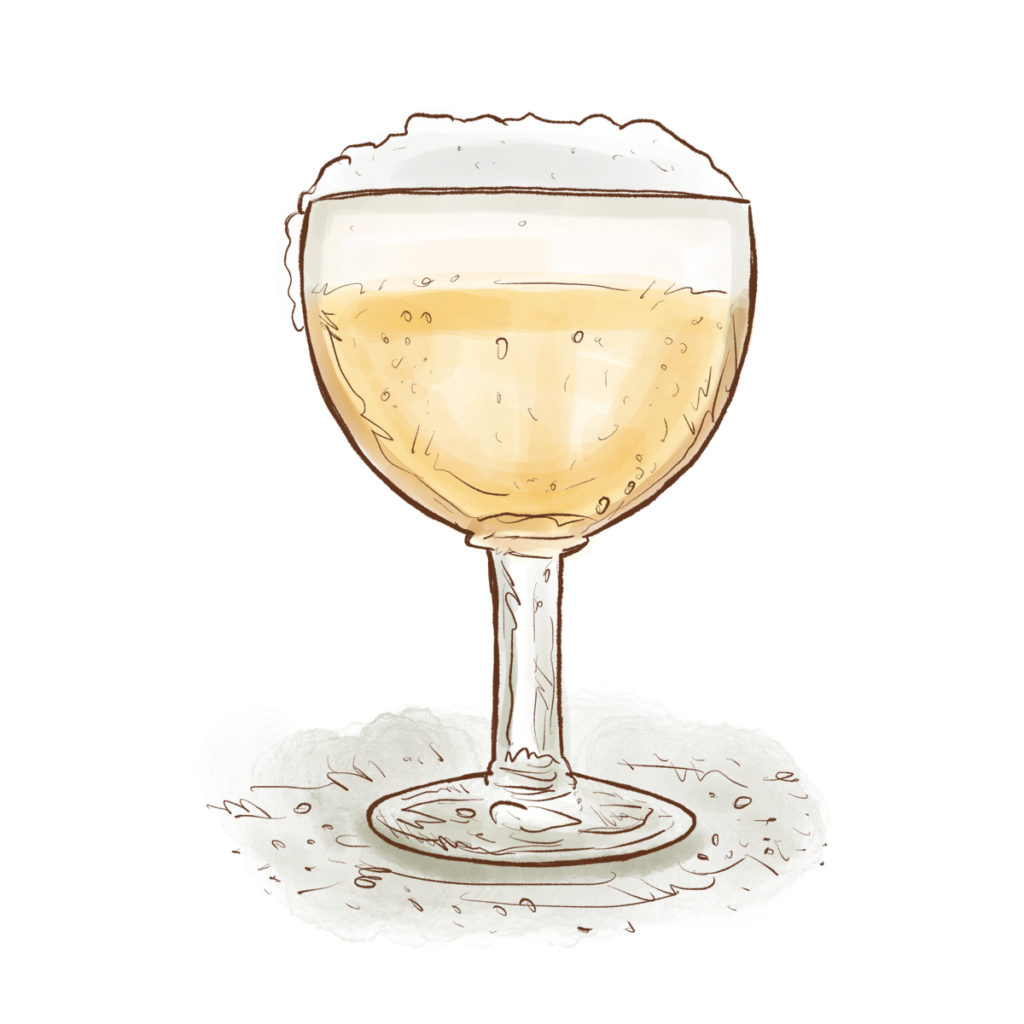
Gose? Berliner Weisse?
If you like a hint of acidity in your drink, something like water with a lemon wedge squeezed into it, a Berliner Weisse or a Gose might be right up your alley. These are very specific styles of beer that trace their roots to very specific German cities, Berlin and Leipzig respectively. They are nearly extinct in their hometowns, but seeing a major resurgence in the U.S. because we love old-timey things that taste a bit weird.
Each of these beers is brewed with wheat along with a dose of souring bacteria that gives them a delicately tart finish. A Gose is even slightly more complex as it is brewed with a hint of salt and coriander. On a hot summer day, I don’t know if there is a better beer than one of these. It’s like sipping on a slightly alcoholic lemonade with a super light malt character reminiscent of a grainy breakfast cereal. Oh-so-quaffable. And both are also great introductions to the wild world of sour beers.
Pro tip: These beers are usually low in alcohol content; good choices if you have a long night ahead of you.
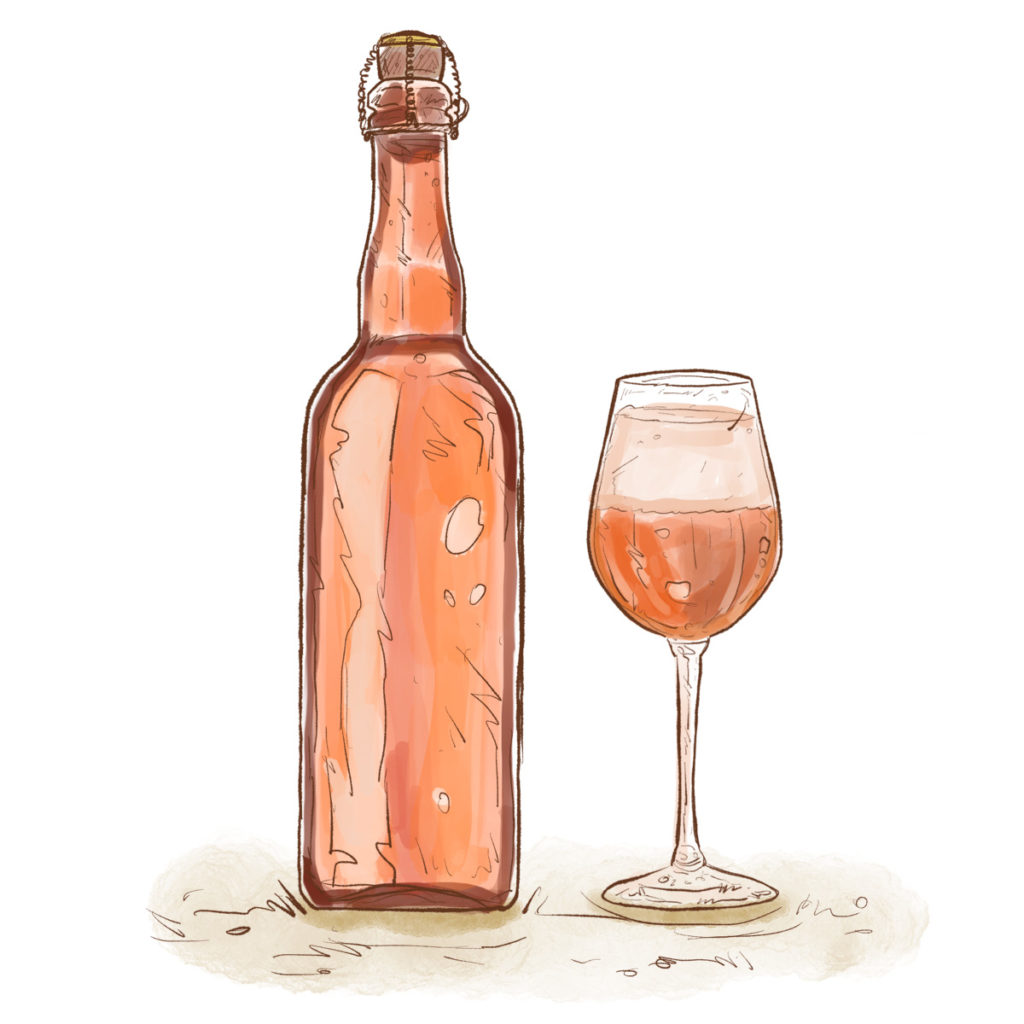
Sour Beers
An acquired taste.
These can vary a ton, and depending on your particular palate, can be very hit or miss. They are legitimately sour. Not slightly tart, not simply interesting or different. Sour. These beers are fermented with a mix of brewing yeast and specific bacteria such as lactobacillus which work similar to yeast, but create a unique, sour taste. Just think of these as the Greek yogurt of the beer universe. The best ones are aged for one to three years in oak barrels, just like wine, and can be described as tasting like a funky barnyard full of old horse blankets wet with grapefruit and yuzu juice. They are an acquired taste.
Pro tip: Acquire the taste. These beers are simply incredible once fully understood, but never compromise on quickly, cheaply made sours.
All of the rest…
It’s tough to know about every intricate style of beer, especially with the constant innovation and experimentation in the craft beer world these days. Don’t be afraid to ask for a sample. Drink thoughtfully; craft beer is for savoring, not chugging. Do your best to pick a beer with a flavor profile that will compliment what you are eating. And always remember, even when you know every little detail about beer, don’t be a jerk about it. It’s still just beer. Enjoy it.





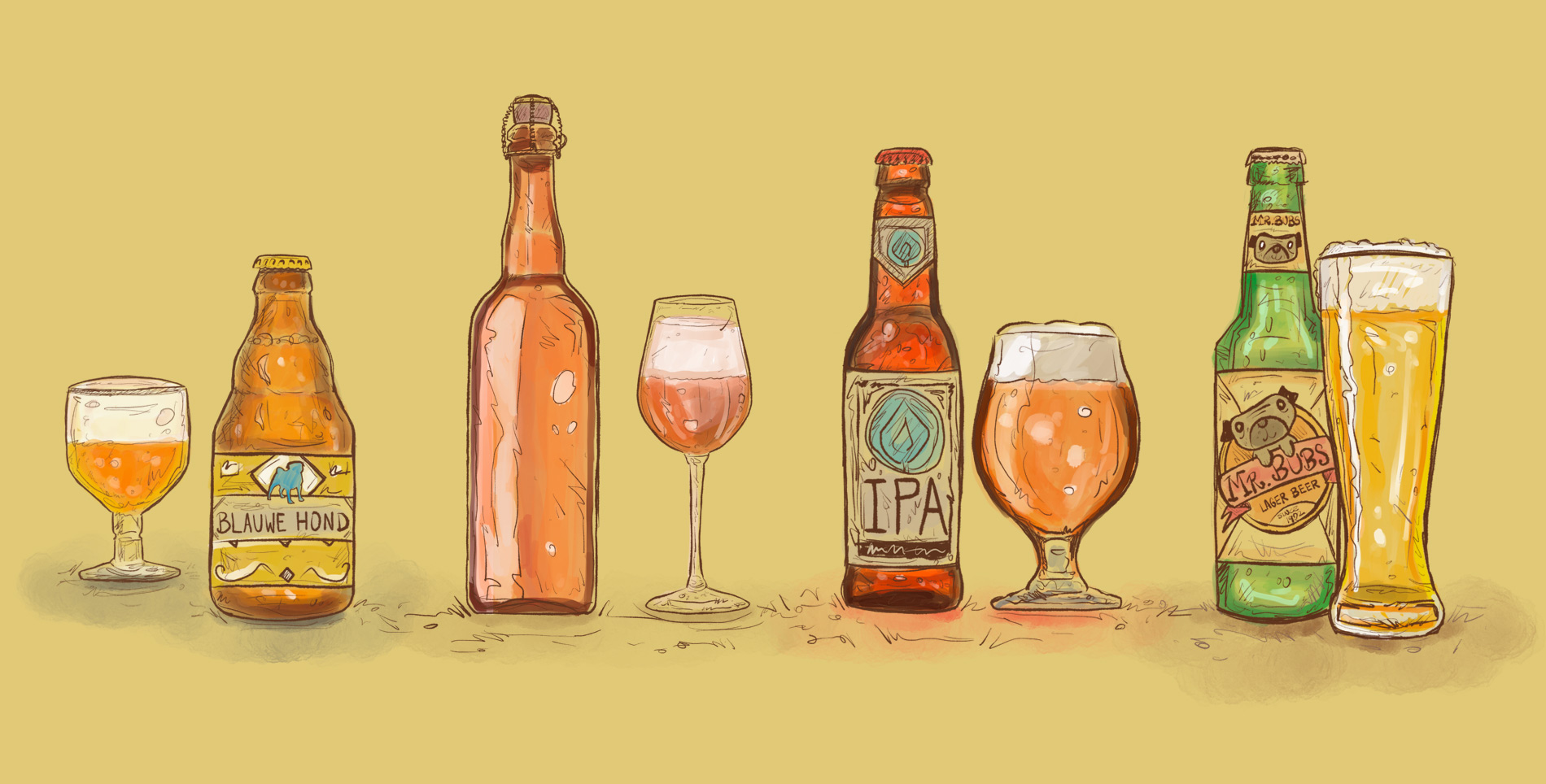

Our comments section is for members only.
Join today to gain exclusive access.